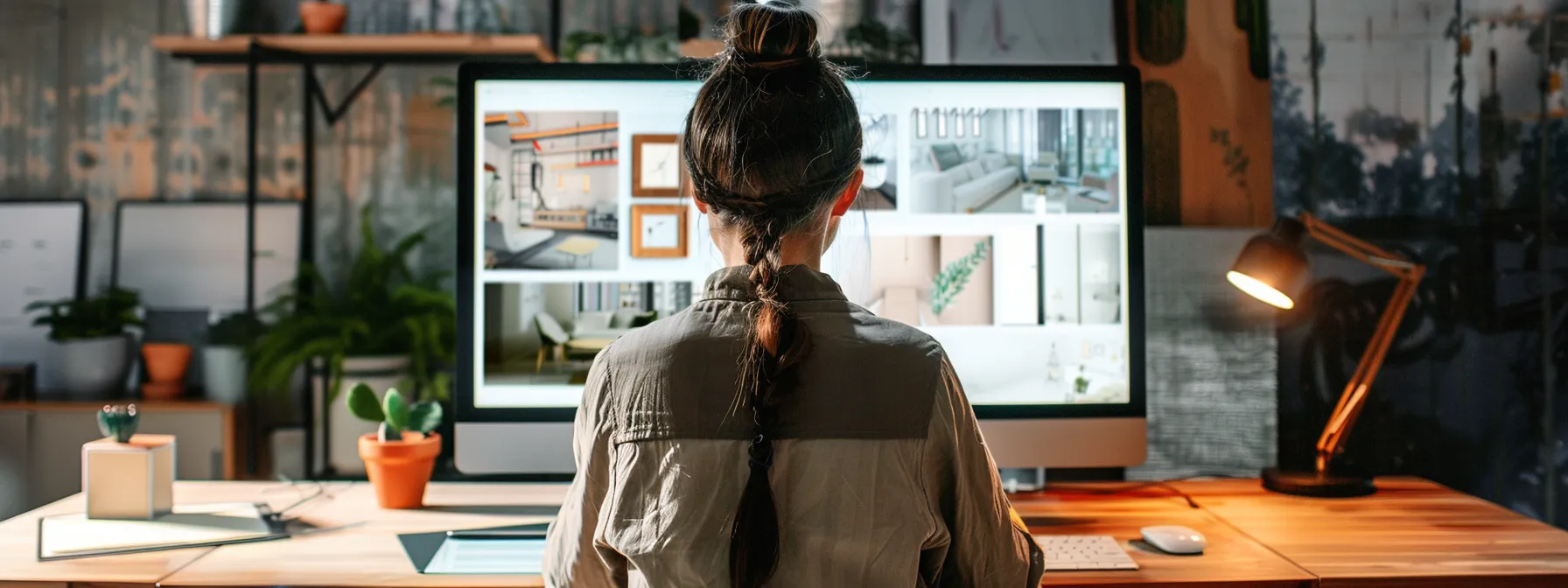Table Of Contents:
- Maximize Visibility: SEO for Interior Design Industry
- Key Takeaways
- Crafting SEO-Friendly Content for Interior Designers
- Identify Your Target Audience and Their Search Habits
- Utilize Keywords Effectively in Your Content Creation
- Enhancing Visuals With SEO in Mind
- Optimize Images for Fast Loading and Search Visibility
- Use Descriptive, Keyword-Rich File Names and Alt Tags
- Building a Strong Backlink Profile for Your Design Site
- Collaborate With Home Decor Magazines for Guest Posts
- Participate in Interior Design Forums and Communities Online
- Leveraging Local SEO for Interior Design Services
- Claim and Optimize Your Google My Business Listing
- Gather Positive Reviews From Past Clients on Local Directories
- Creating an Engaging User Experience on Your Website
- Simplify Navigation to Keep Visitors Exploring Longer
- Ensure Your Website Is Mobile-Friendly and Fast-Loading
- Frequently Asked Questions
- How can interior designers optimize their website content for search engines?
- What are effective ways to use visuals for SEO in interior design?
- How can interior designers build a strong backlink profile for their website?
- What are the best local SEO strategies for interior design businesses?
- How can interior designers create an engaging user experience on their website?
Maximize Visibility: SEO for Interior Design Industry
Interior designers can significantly boost their online presence by implementing effective SEO strategies tailored to their industry. Proper optimization techniques help showcase design portfolios, attract potential clients, and establish authority in the competitive design market. Omnitools.uk offers specialized SEO automation services to streamline this process for interior design professionals. In this article, we’ll explore key SEO tactics that can elevate an interior design business’s digital footprint and drive organic traffic. Keep reading to discover how to craft compelling content, optimize visuals, build a robust backlink profile, leverage local SEO, and create an engaging user experience for your design website.
Key Takeaways
- Identify target audience and use relevant keywords to create SEO-friendly content for interior designers
- Optimize images with descriptive file names and alt tags to improve search visibility
- Build a strong backlink profile through guest posts and participation in design forums
- Leverage local SEO by optimizing Google My Business listings and gathering positive reviews
- Create an engaging user experience with intuitive navigation and mobile-friendly, fast-loading website design
Crafting SEO-Friendly Content for Interior Designers
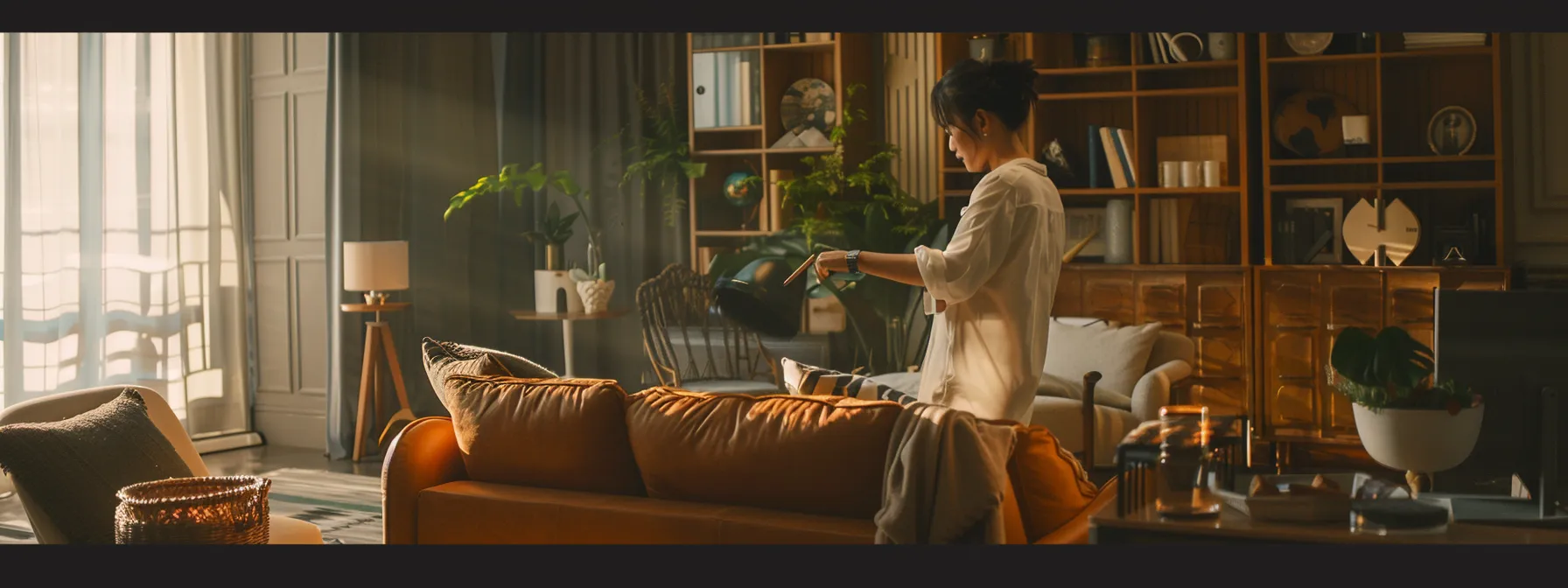

Interior designers must create content that resonates with their target audience and aligns with seo automation services best practices. This involves understanding the specific needs and search behaviors of potential clients, as well as incorporating relevant keywords strategically throughout their website and marketing materials omnitools.uk. By focusing on these two crucial aspects of SEO content creation, interior designers can improve their online visibility and attract more qualified leads to their business.
Identify Your Target Audience and Their Search Habits
Interior designers must first identify their target audience to create effective SEO-friendly content. This involves analyzing demographics, psychographics, and behavioral patterns of potential clients. Understanding the specific needs, preferences, and pain points of the target audience helps designers tailor their content to address these concerns.
Researching search habits and keywords used by the target audience is crucial for optimizing content. Interior designers should utilize keyword research tools to discover popular search terms related to their services, design styles, and local markets. This information guides the creation of content that aligns with user intent and increases the likelihood of appearing in relevant search results.
Analyzing competitors’ websites and social media presence provides valuable insights into audience engagement. Interior designers can identify gaps in content offerings and develop unique strategies to differentiate themselves. By continuously monitoring and adapting to changes in search trends and audience behavior, designers can maintain a competitive edge in the digital landscape.
Utilize Keywords Effectively in Your Content Creation
Interior designers must strategically incorporate relevant keywords into their website content, blog posts, and marketing materials to improve search engine visibility. They should focus on long-tail keywords that reflect specific design styles, services, or local markets to attract qualified leads. Proper keyword placement includes using them in page titles, headers, meta descriptions, and throughout the body text in a natural, reader-friendly manner.
Creating high-quality, informative content that addresses common questions and concerns of potential clients helps establish authority in the field. Interior designers can develop blog posts, case studies, and project portfolios that showcase their expertise while incorporating target keywords. This approach not only improves search rankings but also provides value to website visitors, increasing the likelihood of conversions.
Regularly updating website content with fresh, keyword-rich material signals to search engines that the site remains relevant and active. Interior designers should maintain a consistent content creation schedule, focusing on topics that align with current design trends and seasonal interests. By balancing keyword optimization with engaging, user-focused content, designers can improve their online visibility and attract more qualified leads to their business.
Interior designers can elevate their online presence through captivating visuals. Optimizing images for search engines creates a powerful synergy between aesthetics and discoverability.
Enhancing Visuals With SEO in Mind


Interior designers must optimize their visual content to enhance both user experience and search engine visibility. This involves implementing strategies to ensure fast-loading images and leveraging descriptive, keyword-rich file names and alt tags. By focusing on these technical aspects of image optimization, designers can improve their website’s performance in search results while showcasing their work effectively to potential clients. These techniques not only contribute to better SEO but also create a more engaging and accessible online portfolio for interior design professionals.
Optimize Images for Fast Loading and Search Visibility
Interior designers must optimize their images for fast loading and improved search visibility to enhance their online presence. This process involves compressing image files without sacrificing quality, using appropriate file formats, and implementing responsive design techniques. By reducing image file sizes, designers can significantly improve page load times, leading to better user experience and higher search engine rankings.
Descriptive, keyword-rich file names and alt tags play a crucial role in image optimization for search engines. Interior designers should use relevant keywords that accurately describe the image content and context, helping search engines understand and index the visual elements of their website. This practice not only improves accessibility for visually impaired users but also contributes to better overall SEO performance.
Implementing structured data markup for images can further enhance their visibility in search results. Interior designers can use schema.org vocabulary to provide additional context about their images, such as the type of room, design style, or specific project details. This markup helps search engines display rich snippets in search results, potentially increasing click-through rates and attracting more qualified leads to the designer’s website.
Use Descriptive, Keyword-Rich File Names and Alt Tags
Interior designers must utilize descriptive, keyword-rich file names and alt tags for their images to improve search engine visibility. They should choose file names that accurately describe the image content while incorporating relevant keywords. This practice helps search engines understand the context of the images and improves their chances of appearing in image search results.
Alt tags serve a dual purpose by providing accessibility for visually impaired users and enhancing SEO. Designers should craft concise, descriptive alt text that includes target keywords when appropriate. This approach ensures that search engines can interpret the image content and its relevance to the surrounding text.
Implementing a consistent naming convention for image files and alt tags across the website improves overall SEO performance. Interior designers should consider the following best practices when optimizing their visual content:
- Use lowercase letters and hyphens instead of spaces in file names
- Include relevant keywords in both file names and alt tags
- Keep alt text concise and descriptive, focusing on the image’s purpose
- Avoid keyword stuffing in file names or alt tags
- Use unique file names and alt text for each image on the website
Visual appeal captivates audiences, but a robust backlink strategy propels your design site to new heights. Let’s explore how to build a powerful network of quality links that will boost your site’s authority and visibility.
Building a Strong Backlink Profile for Your Design Site
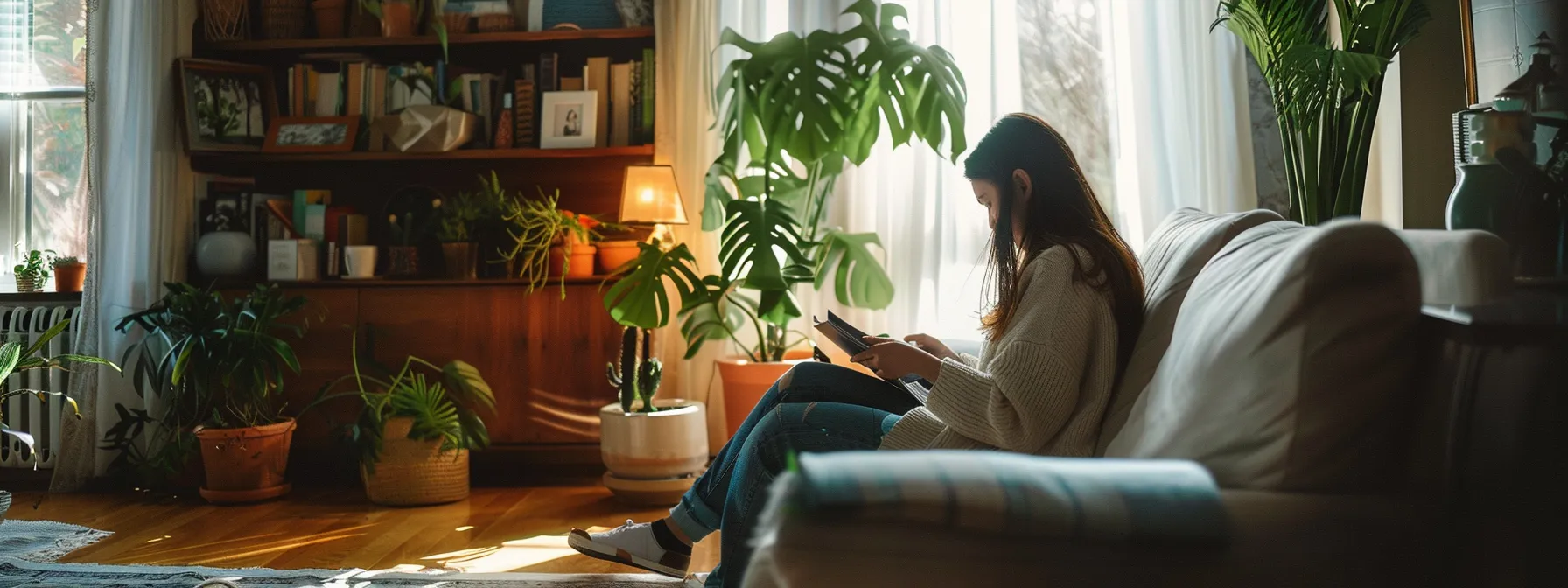

Building a strong backlink profile is essential for interior designers seeking to improve their website’s search engine rankings and online visibility. By collaborating with reputable home decor magazines for guest posts and actively participating in interior design forums and online communities, designers can establish their expertise, gain valuable backlinks, and expand their digital footprint. These strategic approaches not only enhance SEO performance but also foster meaningful connections within the industry, potentially leading to new business opportunities and increased brand recognition.
Collaborate With Home Decor Magazines for Guest Posts
Interior designers can significantly enhance their online presence by collaborating with reputable home decor magazines for guest posts. This strategy allows designers to showcase their expertise to a broader audience while acquiring valuable backlinks from authoritative sources in the industry. By carefully selecting magazines that align with their design philosophy and target audience, designers can maximize the impact of their guest contributions.
To secure guest posting opportunities, interior designers should develop unique, engaging content proposals that offer value to the magazine’s readership. They can focus on sharing innovative design tips, industry insights, or case studies that demonstrate their problem-solving abilities. By crafting high-quality content that resonates with the magazine’s editorial style, designers increase their chances of acceptance and establish themselves as thought leaders in the field.
Once a guest post is published, interior designers should leverage the opportunity to promote their work across various platforms. They can share the article on their social media channels, include it in their portfolio, and reference it in future marketing materials. This multi-faceted approach amplifies the reach of the guest post, driving traffic to both the designer’s website and the magazine, ultimately strengthening the backlink profile and boosting SEO performance.
Participate in Interior Design Forums and Communities Online
Interior designers can boost their online presence by actively participating in reputable design forums and online communities. These platforms offer opportunities to share expertise, engage in industry discussions, and establish valuable connections with peers and potential clients. Regular participation helps designers build credibility and authority within the field, while also creating natural opportunities for backlink acquisition.
When contributing to forums and communities, designers should focus on providing thoughtful, informative responses to questions and initiating discussions on relevant topics. By consistently offering valuable insights and advice, they can position themselves as go-to resources within these online spaces. This approach not only generates goodwill among community members but also increases the likelihood of other users linking to the designer’s website or social media profiles.
To maximize the SEO benefits of forum participation, interior designers should include links to their website or portfolio when appropriate and permitted by community guidelines. They should also optimize their forum profiles by including relevant keywords and a concise description of their services. By strategically leveraging these online communities, designers can enhance their backlink profile, improve search engine rankings, and attract potential clients who are actively seeking design expertise.
Backlinks boost your design site’s visibility, but local SEO takes your reach to the next level. Discover how to dominate your area’s search results and attract nearby clients.
Leveraging Local SEO for Interior Design Services
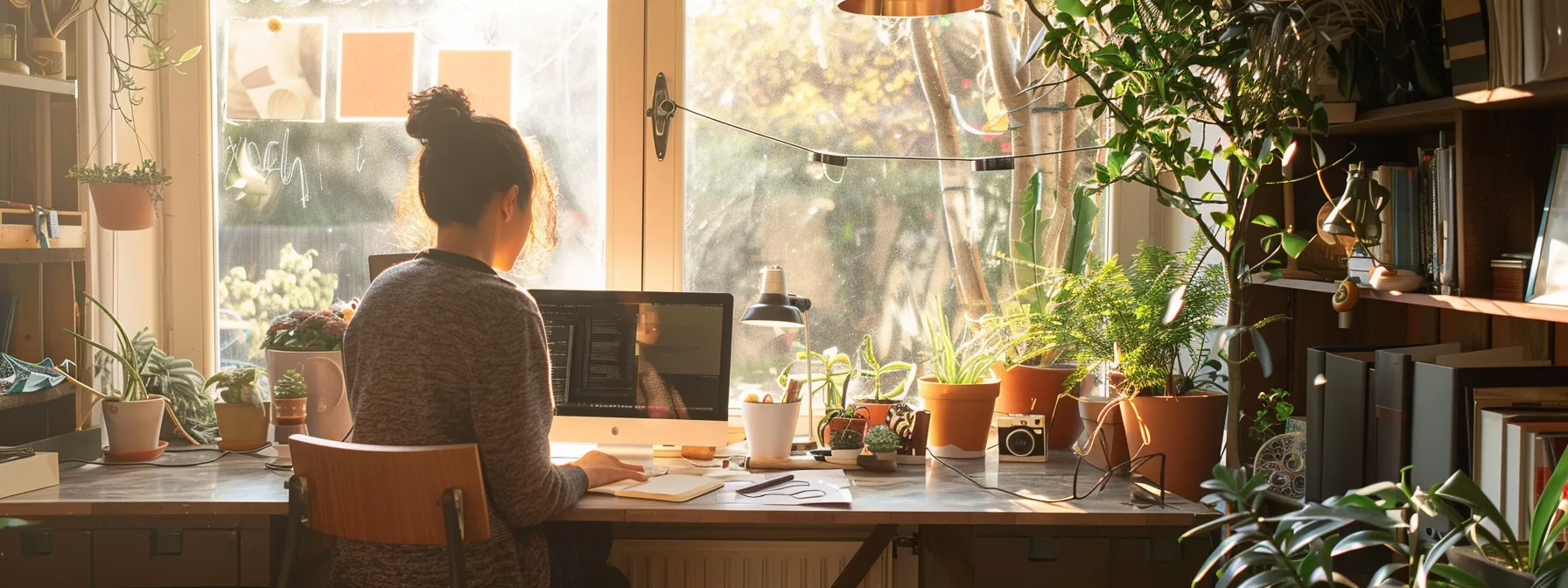

Local SEO plays a crucial role in helping interior designers attract clients in their immediate vicinity. By optimizing their online presence for local search, designers can increase their visibility to potential customers actively seeking design services in their area. Two key strategies for leveraging local SEO include claiming and optimizing Google My Business listings and gathering positive reviews from past clients on local directories. These tactics not only improve search rankings but also enhance credibility and trust among potential clients, ultimately driving more qualified leads to interior design businesses.
Claim and Optimize Your Google My Business Listing
Interior designers must claim and optimize their Google My Business (GMB) listing to enhance local search visibility. This free tool allows designers to manage their online presence across Google’s platforms, including Search and Maps. By providing accurate and comprehensive information, designers increase their chances of appearing in local search results and attracting potential clients.
Optimizing a GMB listing involves completing all relevant fields with detailed, keyword-rich information about the design business. Designers should include their business name, address, phone number, website, and operating hours. They should also select appropriate categories that best describe their services and add high-quality photos showcasing their work.
Regular updates to the GMB listing help maintain its relevance and improve search rankings. Interior designers can utilize the Posts feature to share recent projects, promotions, or design tips. Responding promptly to customer reviews demonstrates engagement and builds trust with potential clients. By consistently managing and optimizing their GMB listing, designers can significantly boost their local SEO performance.
Gather Positive Reviews From Past Clients on Local Directories
Interior designers should actively encourage satisfied clients to leave positive reviews on local directories to boost their online reputation and local SEO. They can create a streamlined process for collecting feedback, such as sending follow-up emails with direct links to review platforms after project completion. This approach makes it easy for clients to share their experiences and increases the likelihood of receiving valuable testimonials.
Designers should focus on gathering reviews across multiple platforms, including Google My Business, Yelp, and industry-specific directories like Houzz. Diversifying review sources helps create a robust online presence and caters to potential clients who may prefer different platforms. To maximize the impact of reviews, designers should respond thoughtfully to both positive and negative feedback, demonstrating their commitment to client satisfaction.
Leveraging positive reviews in marketing materials and on the designer’s website can further enhance credibility and attract new clients. Interior designers can implement a review management strategy to monitor and showcase their best testimonials effectively. This approach not only improves local SEO but also builds trust with potential clients who are researching design services in their area:
- Identify key local directories relevant to the interior design industry
- Develop a systematic approach for requesting reviews from satisfied clients
- Respond promptly and professionally to all reviews, addressing any concerns
- Showcase top reviews on the designer’s website and social media platforms
- Monitor review trends to identify areas for improvement in service delivery
Local SEO propels interior designers to new heights, but a captivating online presence seals the deal. An engaging website transforms visitors into clients, making it the ultimate showcase for your design prowess.
Creating an Engaging User Experience on Your Website
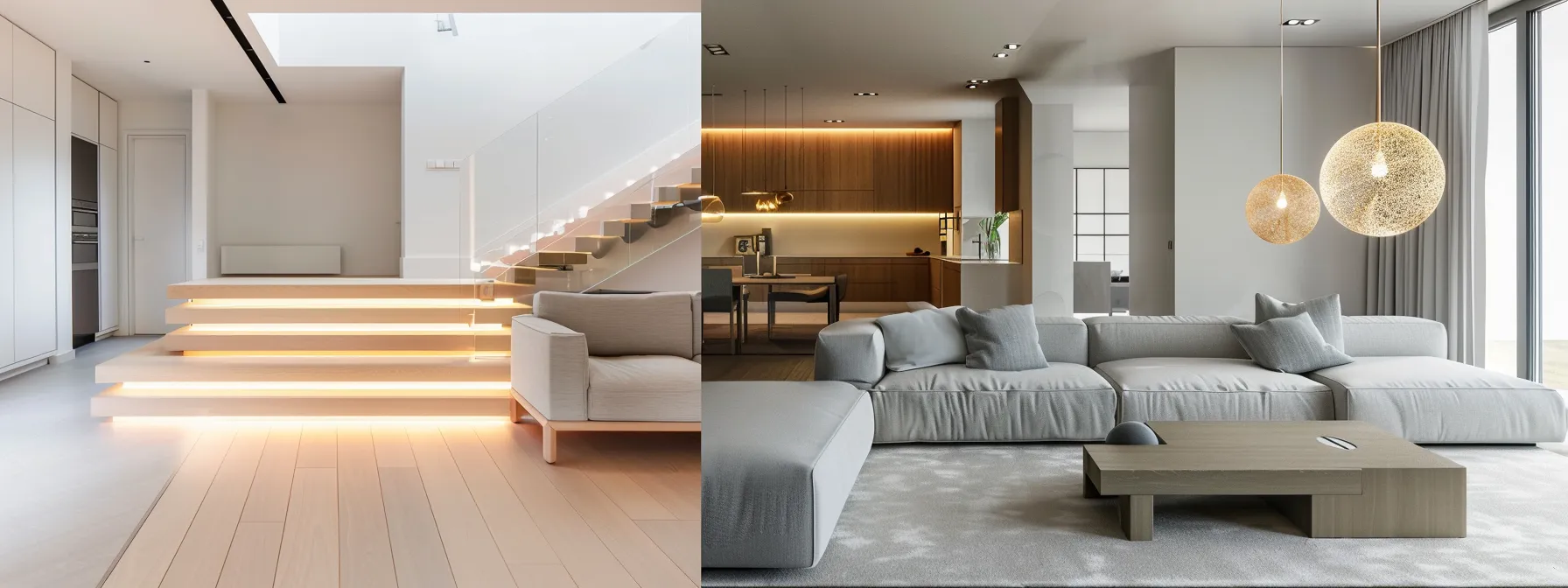

Creating an engaging user experience on an interior design website is crucial for attracting and retaining potential clients. A well-designed site with intuitive navigation encourages visitors to explore the designer’s portfolio and services, increasing the likelihood of conversions. Additionally, ensuring the website is mobile-friendly and fast-loading caters to the growing number of users accessing the internet via smartphones and tablets. By focusing on these key aspects of user experience, interior designers can improve their website’s performance in search rankings and provide a seamless browsing experience for potential clients.
Simplify Navigation to Keep Visitors Exploring Longer
Interior designers must simplify website navigation to encourage visitors to explore their online portfolios and services. A clear, intuitive menu structure enables users to find relevant information quickly, reducing bounce rates and increasing engagement. Designers should organize their content into logical categories, such as portfolio, services, and contact information, accessible through a prominent main menu.
Implementing a search function allows visitors to locate specific content easily, enhancing user experience and site usability. Interior designers can incorporate breadcrumb navigation to help users understand their current location within the site hierarchy and facilitate seamless movement between pages. These navigation tools improve overall site structure and contribute to better search engine rankings.
Strategically placed internal links throughout the website guide visitors to related content, encouraging them to explore more of the designer’s work and services. By incorporating calls-to-action (CTAs) at key points in the user journey, designers can direct visitors towards desired actions, such as requesting a consultation or signing up for a newsletter. These navigation enhancements not only improve user experience but also increase the likelihood of converting visitors into potential clients.
Ensure Your Website Is Mobile-Friendly and Fast-Loading
Interior designers must ensure their websites are mobile-friendly and fast-loading to cater to the growing number of users accessing the internet via smartphones and tablets. Implementing responsive design techniques allows the website to adapt seamlessly to various screen sizes, providing an optimal viewing experience across devices. This approach not only improves user satisfaction but also positively impacts search engine rankings, as Google prioritizes mobile-friendly websites in its search results.
Optimizing website speed is crucial for retaining visitors and improving search engine performance. Interior designers should compress images, minify CSS and JavaScript files, and leverage browser caching to reduce page load times. Utilizing a content delivery network (CDN) can further enhance website speed by serving static content from servers geographically closer to the user.
Regular performance testing and optimization are essential for maintaining a fast-loading, mobile-friendly website. Interior designers should use tools like Google’s PageSpeed Insights and Mobile-Friendly Test to identify areas for improvement and implement necessary changes. By prioritizing mobile responsiveness and site speed, designers can provide a seamless browsing experience for potential clients, regardless of the device they use to access the website.
Frequently Asked Questions
How can interior designers optimize their website content for search engines?
Interior designers can optimize their website content for search engines by incorporating relevant keywords throughout their site. This includes using industry-specific terms, location-based phrases, and long-tail keywords in titles, headings, meta descriptions, and body text. Additionally, creating high-quality, informative content that addresses common client questions can boost search rankings. Another effective strategy is to regularly update the website with fresh content, such as blog posts, project galleries, and client testimonials. Optimizing images with descriptive alt text, improving site speed, and ensuring mobile responsiveness are also crucial factors in enhancing search engine visibility for interior design websites.
What are effective ways to use visuals for SEO in interior design?
Effective visual SEO strategies for interior design include using high-quality, original images of completed projects, room layouts, and design details. Optimizing image file names, alt text, and captions with relevant keywords helps search engines understand and index the visual content, improving overall search visibility. Creating infographics, before-and-after comparisons, and 360-degree room tours can engage viewers and encourage sharing, increasing backlinks and traffic. Implementing schema markup for images and videos further enhances their visibility in search results, potentially leading to higher click-through rates and improved SEO performance.
How can interior designers build a strong backlink profile for their website?
Interior designers can build a strong backlink profile by creating high-quality, shareable content that showcases their expertise. This includes before-and-after project galleries, design tips, and industry insights. Collaborating with home decor bloggers, real estate agents, and lifestyle influencers for guest posts and mentions can also boost their backlink profile. Participating in online design forums, contributing to industry publications, and leveraging social media platforms to share their work can further enhance their backlink strategy. Additionally, submitting projects to design award competitions and directories can generate valuable backlinks from authoritative sources in the interior design niche.
What are the best local SEO strategies for interior design businesses?
Local SEO strategies for interior design businesses include optimizing Google Business Profile listings with accurate information and high-quality photos. Creating location-specific content, obtaining local backlinks, and encouraging customer reviews also boost visibility. Implementing schema markup and ensuring mobile-friendly websites further enhance local search performance. Leveraging social media platforms to engage with local audiences and showcase completed projects can drive local traffic. Participating in community events, collaborating with local businesses, and targeting location-specific keywords in website content help establish a strong local presence. Consistency in NAP (Name, Address, Phone) information across online directories is crucial.
How can interior designers create an engaging user experience on their website?
Interior designers can create an engaging user experience on their website by showcasing high-quality portfolio images and implementing intuitive navigation. A well-organized gallery of past projects allows visitors to easily explore the designer’s style and expertise, while clear categorization helps potential clients find relevant examples quickly. Interactive elements, such as virtual room planners or 3D visualization tools, can enhance user engagement and demonstrate the designer’s technological capabilities. Additionally, incorporating client testimonials and behind-the-scenes content can build trust and provide insight into the designer’s process, creating a more immersive and compelling experience for website visitors.

